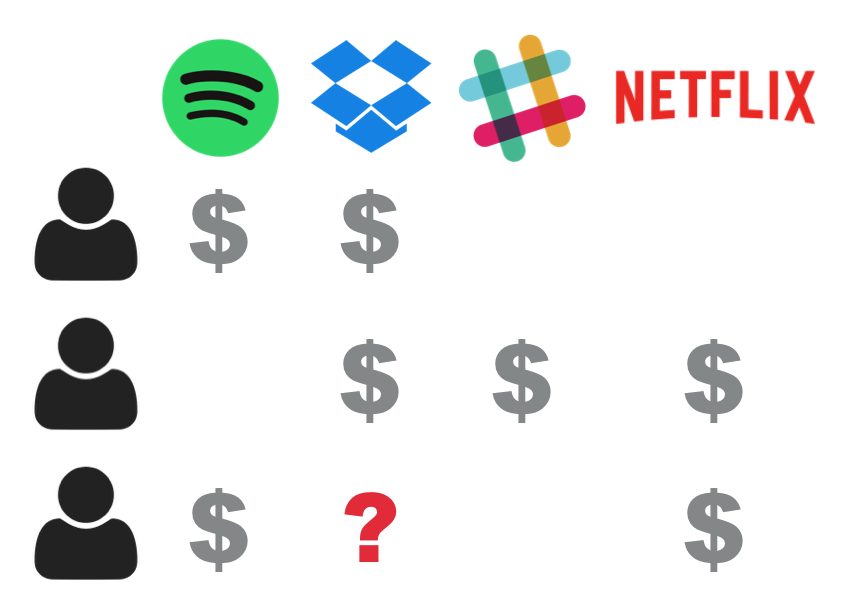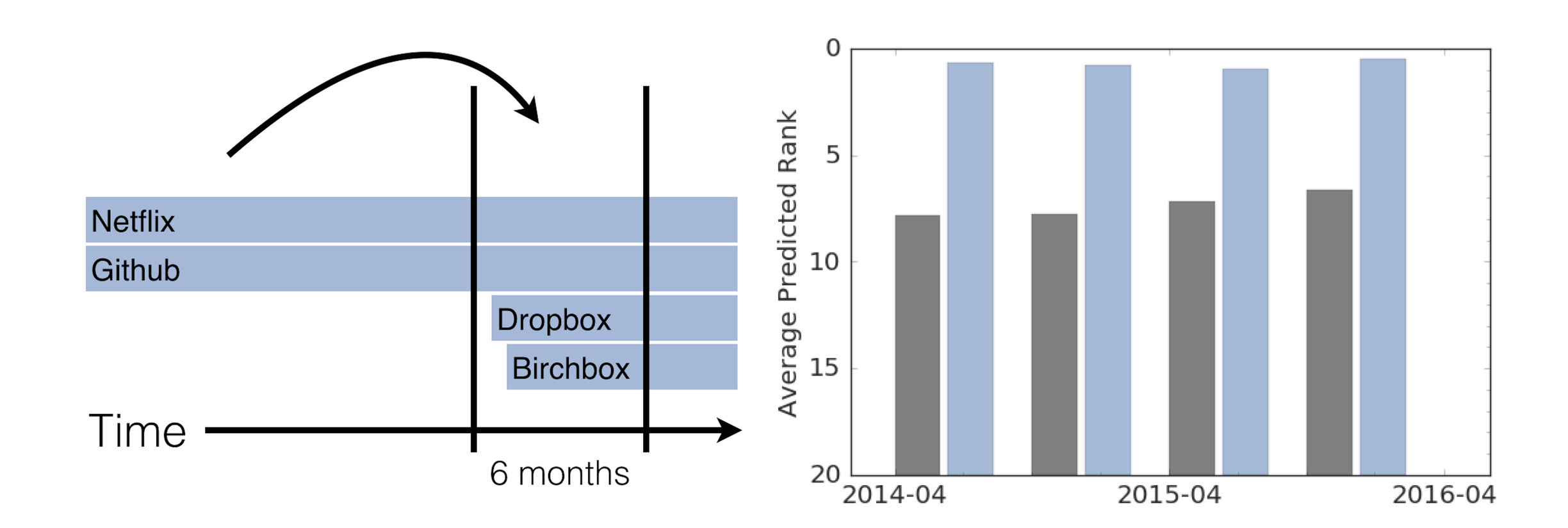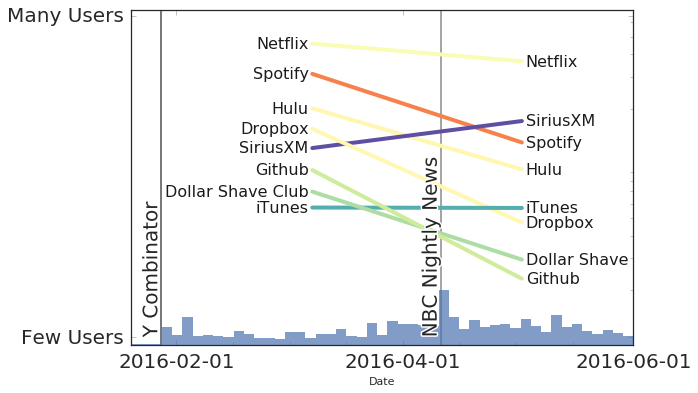Over the past three weeks as a Insight Data Science Fellow, I worked on a consulting project with Truebill. Truebill is a Y-Combinator startup that helps you have a better subscription experience by helping you track paid subscriptions and remove unwanted subscriptions.
Americans are paying on average for eleven subscription services every month. Services such as ISPs, mobile phone, or shaving supply service can rack up pretty quickly if you’re not paying attention to them. Even if you are keeping track, however finding if you are paying too much for a service or even the wrong services is still a daunting task. Truebill is making this a less daunting task by searching your bank and credit card services (with your permission) to help save you money. On average Truebill saves their users $500+ every year.
Another way Truebill wants to give value to its users is by allowing them to find interesting services related to their current subscriptions. I have enabled Truebill to add a recommendation service to their users that will grow their user base and allow them to build brand identity. This contributes additional value to Truebill by enabling them to build relationships with subscription-based companies as a marketing and advertising partner.
Recommender Engine Algorithm: The recommender engine works in three stages: extracting the additional data features, generating the recommended services, and validating the results.
First, I extract the rate of subscription for Truebill users over the past 6 months to identify the fractional growth in the number of users of different services, or “hotness” weights. Hotness for each service tracks well with small businesses that are trending in popularity. Further, demographic data for each user were added as user weights to increase the selection of local services.
 Second, using these features and the raw user and subscribed services list, I constructed a recommendation engine using collaborative filtering. Collaborative filtering is based on the idea that users who are paying for similar services to you have the best suggestion about other services that you would be interested in. Using a cosine matrix similarity between pairs of services which measures the cosine angle between their feature vectors to find other services ranks other services that can be suggested to users. Moreover, the vectors are weighted by the Hotness to increase the probability of trending services shown to the user.
Second, using these features and the raw user and subscribed services list, I constructed a recommendation engine using collaborative filtering. Collaborative filtering is based on the idea that users who are paying for similar services to you have the best suggestion about other services that you would be interested in. Using a cosine matrix similarity between pairs of services which measures the cosine angle between their feature vectors to find other services ranks other services that can be suggested to users. Moreover, the vectors are weighted by the Hotness to increase the probability of trending services shown to the user.

Finally, validation is done by looking at historical samples of users and their subscriptions. To ensure that the services that are recommended are likely to be bought by users, we determine how accurately we rank services that people pay for given their previous subscription history. For example, if you sign up for a monthly wine club in the last 6 months, could I have predicted that given your prior subscription history? During the last two years where there is enough data, I find that my collaboration engine ranks new subscriptions 6 spots higher than just using the popular service ranking. This enables the service to show fewer possible services while maintaining accuracy in finding services that people are interested in.
I fully prototyped out a public-facing demonstration of this recommendation engine, allowing users to enter specific services to get a list of further services that they would be interested in. For the company, I have also setup an API to allow them to directly integrate the recommendation engine into their website and A/B test user engagement with recommended services.

In addition to building out the recommendation service, I investigated further into Truebill’s user base and found significant change after they were shown on NBC Nightly News. Prior to April of this year, most of the users had learned about Truebill due to their Y-Combinator funding announcement in early 2016. Following their appearance on NBC Nightly News, the user base moved to being dominated by more average US citizens rather than the previous Tech focused crowd. This can be not only seen in the geographic data, but the types of services that people were signed up for. For example, the average US citizen is more likely to be subscribed to SiriusXM than Spotify which dominates the streaming needs of most of the tech crowd. This insight allows the company the ability to better engage with these different user segments.
Acknowledgments: Many thanks to Yahya Mokhtarzada (CEO), Idris Mokhtarzada (CTO), and Zeki Mokhtarzada of Truebill for their support and thoughtful discussions.